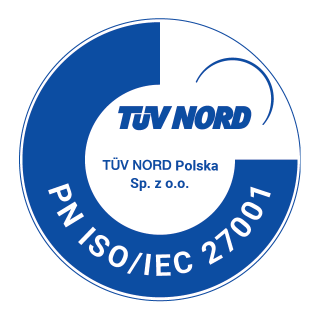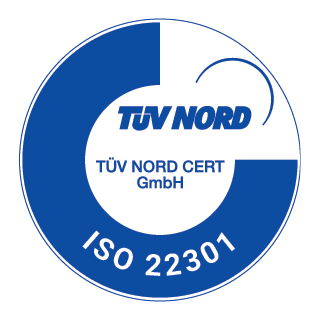We believe business is more about relationships than simply exchanging
money for services or goods. That's why we value open communication,
collaboration, transparency, and quality deliverables.
We're always open to new forms of work, but over the years we have
battle-tested the following payment options:
Flat hourly rate: we charge for every hour our developers
have spent on the client’s project.
Periodically (usually once a month), we issue an invoice
for the last billing period. We provide a detailed receipt, so our
clients know exactly what they’re paying for.
Retainer fee: similar to the hourly rate structure, but
with a fixed amount of hours paid in advance. This allows us to offer
a lower price–per–hour while our clients can better plan their budget.
Fixed–price: project specification and price are set in
advance.
The fixed-price model simplifies budgeting, but specifications must
stay consistent throughout the project. Payments are usually batched
and tied to project milestones. Due to the very high risk of outdated
specifications, we suggest this agreement only for particular
projects.
Fixed–price — it is the least flexible form of agreement
where specification and price are set in advance. It makes it very
easy to plan a budget, but specifications must stay consistent
throughout the project. Payments are usually batched and tied to
product milestones. Due to the very high risk of outdated
specifications, we suggest this agreement only for particular
projects.
We enjoy working in a tight feedback loop, which is why we usually
integrate directly with our client’s team. We take part in the same
stand–up meetings, execute planning and development together, and are
part of the same chat rooms.
We keep our clients informed via the same communication channels
they are already using internally, such as email, Slack, Telegram,
WhatsApp,
or IRC. We want our clients to have constant insight into what we're
working on and keep them updated on any progress.
Regular video meetings are arranged, typically on a weekly
basis.
Every agreement carries some risk; we always strive to mitigate these
risks for our clients.
We want our collaboration to be seen as an investment, not as a
cost, and we include various guarantees and SLAs in our client
agreements.








































































